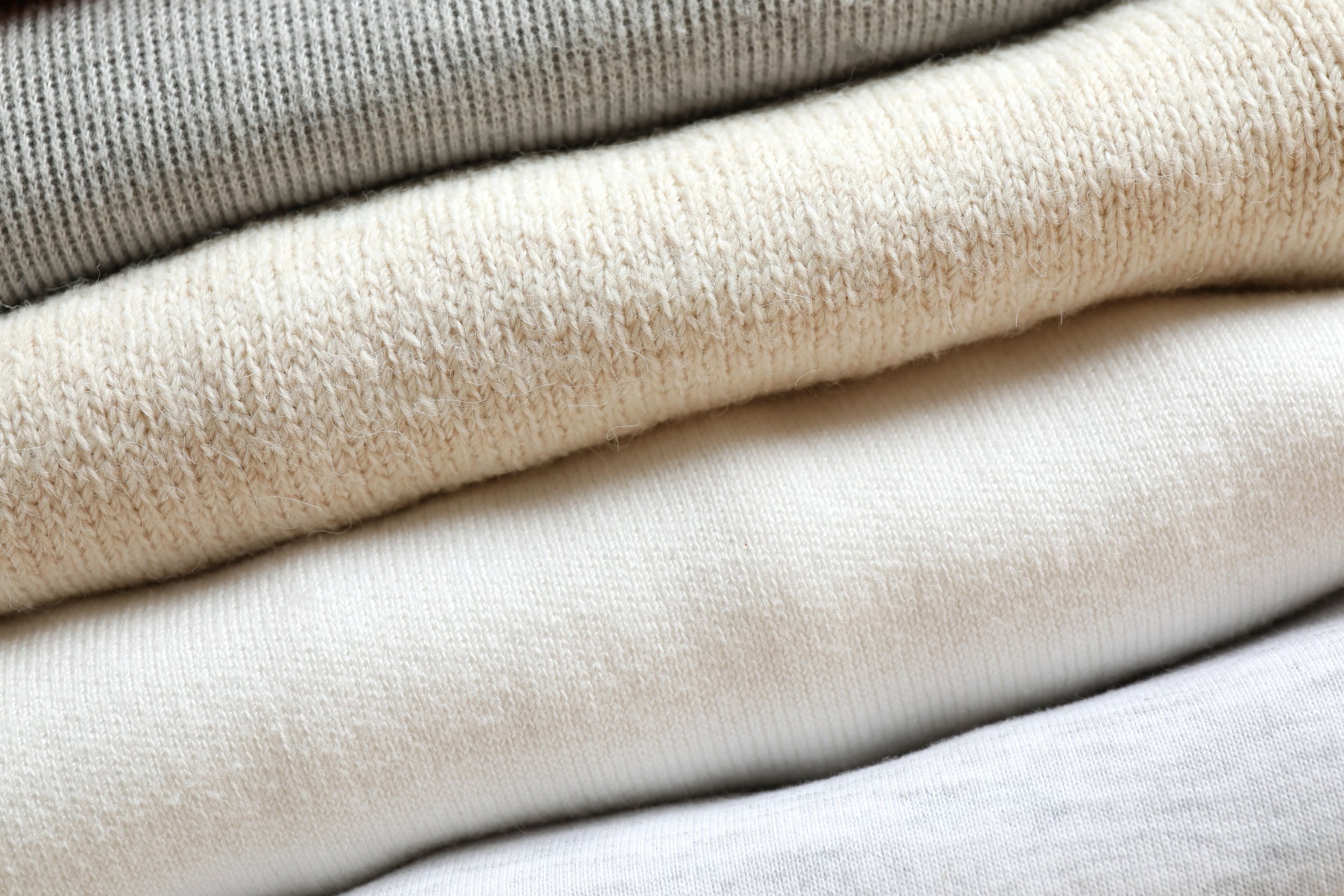The Guide to Shopping Sustainably
Sustainable shopping isn’t about being perfect — it’s about being intentional. This guide shares simple tips to help you make better choices, from picking natural fibers to avoiding greenwashing, so you can feel good about what you wear and support brands that align with your values.
Red Flags to Watch Out For
No Transparency
If the brand doesn’t tell you where or how the product is made, that’s a big red flag.
Vague Language
Phrases like “eco-friendly,” “green,” or “sustainable” without any proof or certification.
Too Cheap to Be True
If the price is shockingly low, someone (usually a garment worker) is paying the cost.
No Information on Materials
A trustworthy brand will list the materials and often explain why they chose them.
No Returns or Contact Information
Lack of return policies or direct contact details can signal dropshipping or scammy practices.

Sustainability starts in your cart.
Certifications That Actually Mean Something
-
One of the most comprehensive organic certifications for clothing. GOTS ensures that garments are made with at least 70% certified organic fibers and that every step of production—from harvesting to dyeing—meets strict environmental and social criteria.
-
A widely recognized label that guarantees your clothing has been tested for harmful chemicals. If a product carries this certification, every component (fabric, thread, buttons) is safe for human health.
-
Focuses on the people behind your clothes. This certification ensures fair wages, safe working conditions, and environmental responsibility across the supply chain—especially in developing countries.
-
A forward-thinking certification for circular design. It evaluates products for environmental and social performance across five categories: material health, material reuse, renewable energy, water stewardship, and social fairness. A garment with this label is made to be reused, recycled, or composted.






